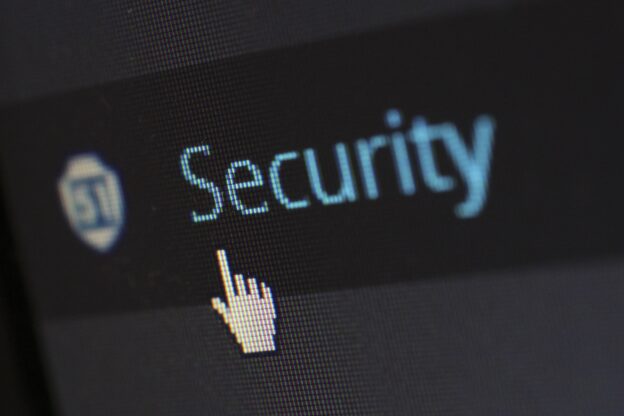One common question is whether or not you need to run your virus or malware scan in safe mode. The answer is that you don’t have to, but you really should do it every so often for multiple reasons. Let’s take a look at a few advantages to running your virus or malware scans in Windows safe mode.
Malware is Less Likely to be Active in Safe mode
So, you think you have a virus or malware. You start up your virus scanner only to find that it keeps getting hijacked and stopped by the virus or malware that is infecting your computer. By restarting your computer and then running the scan again in safe mode, the virus will be less likely to be able to interfere with the scan. Thus, your anti-virus software will have a better chance to remove any threats.
Even if you don’t have a known virus, your protection software should have a much easier time removing it in safe mode. If you want to be super safe, I would recommend running a scan in safe mode first, then restarting and running another scan when Windows loads normally.
The Scan Runs Faster in Safe Mode
Another small advantage of running the scan in safe mode is that it should run a bit quicker. This is due to the fact that there aren’t as many background processes running that slow down the scan. With fewer processes running, your Operating System can focus its efforts on running the scan.
Safe Mode Makes it Easy to Scan While Offline
This is similar to our first advantage. It is possible that a virus or malware that has infected your PC requires a connection to the internet to be active. Starting up your computer in safe mode (without networking) will make absolutely sure you aren’t connected to the internet while running the scan. Keep in mind, you will need to grab the latest virus/malware definitions before booting into safe mode without networking.
Safe Mode Will Be More Stable
Sometimes a malware infection can be so disruptive that it is almost impossible to use Windows. Usually, booting into safe mode will solve this or at least make it relatively stable.
Next, in the rare case that your antivirus is unable to remove the virus or malware, you may need to take manual action. If you are not in safe mode, there is a good chance that the virus will block you from deleting any virus files. Deleting the virus files in safe mode will have a high chance of being successful.
Some viruses will also self heal themselves after you delete them. This means that after you thought you deleted the files, they will mysteriously end up back on your computer, possibly in a different folder. Doing any manual cleanup in safe mode can give you a better chance to delete the files and keep them deleted.
Entering Safe Mode
Now that you are convinced to run a virus scan in safe mode, lets go into how to boot into Windows safe mode.
- If your computer is on, power it down.
- Next, hold down the power key for at least ten seconds so the machine doesn’t try and ‘Quick Start’
- Press the power key again while holding down F11 to turn on the PC. If this doesn’t work, try the again, but this time hold down F8 while holding down the power button.
If you found this guide useful, you may also like our guide on 7 things to do to avoid being hacked.

